SOURCE: AFI
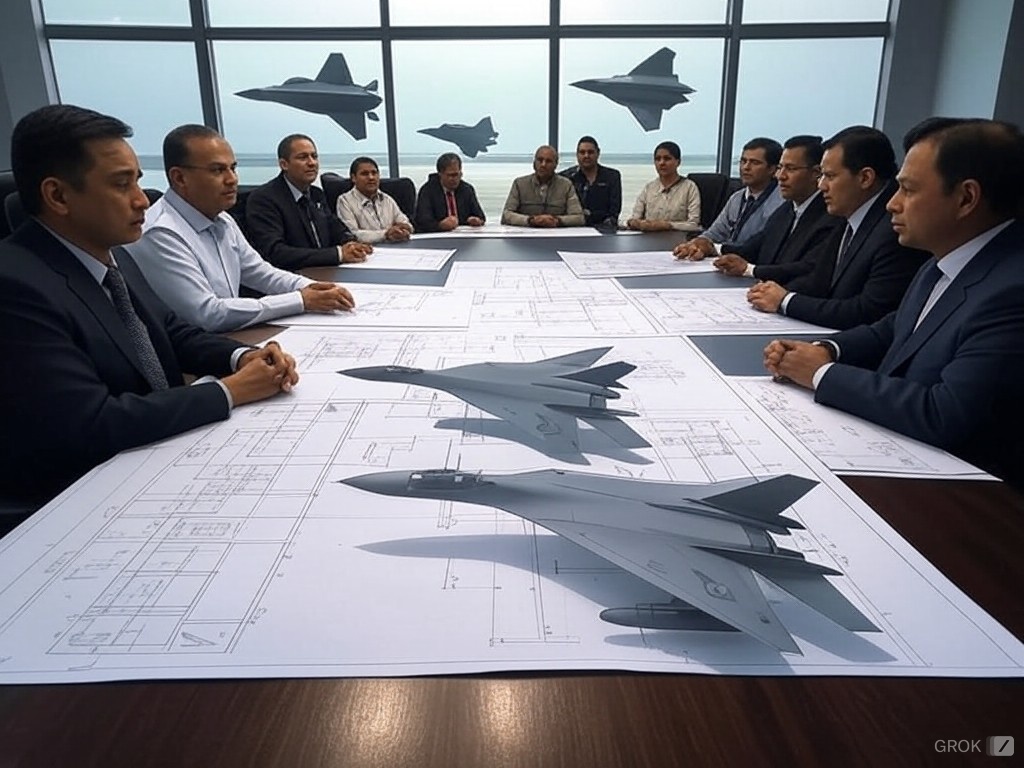

The Indian defense community on social media platforms has been vocal in their call for the Government of India to redirect taxpayer money from what they describe as “freebies” towards the development of cutting-edge military technology. This demand comes at a time when China has showcased its technological prowess by flying two 6th generation fighter jets and a fighter bomber, highlighting a significant gap in aerial capabilities between the two neighboring nations.
The focus of this outcry is the Advanced Medium Combat Aircraft (AMCA), India’s ambitious project to develop a 5th generation fighter jet. Despite its potential to significantly enhance India’s air power, the AMCA program has been plagued by delays, with funding issues cited as a primary bottleneck.
Continue readingSOURCE: AFI
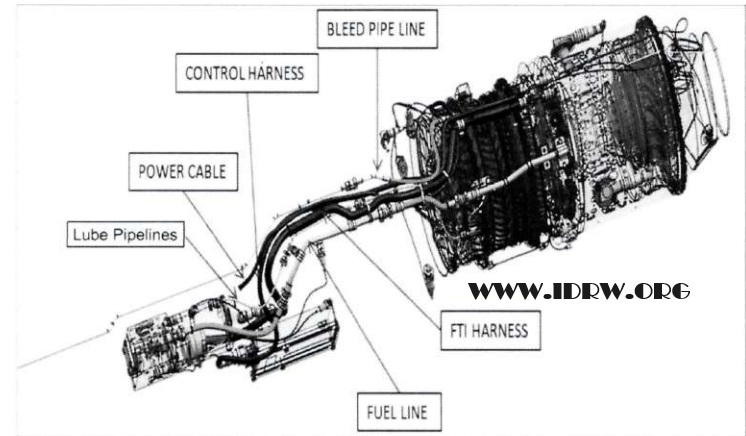

Azad Engineering has embarked on the development of the Advanced Turbo Gas Generator (ATGG), an innovative propulsion system under contract from the Gas Turbine Research Establishment (GTRE), a division of the Defence Research and Development Organisation (DRDO). This engine is poised to play a critical role in India’s defense landscape, with indications that it will power the Medium-Range Anti-Ship Missile currently under development.
The ATGG is a single-spool turbojet engine, reflecting cutting-edge design and engineering. Its configuration includes a four-stage axial flow compressor, which efficiently compresses incoming air to support high-performance combustion. The annular combustor ensures efficient and stable combustion of fuel, while the single-stage axial flow uncooled turbine provides the necessary thrust output with a simplified cooling requirement, enhancing reliability. The engine concludes with a fixed exit area nozzle, designed to optimize exhaust flow and improve propulsion efficiency.
Continue readingSOURCE: AFI


In a surprising turn of events that has tickled the funny bone of netizens worldwide, the Indian Space Research Organisation (ISRO) has inadvertently launched a new meme into the internet’s orbit. During the rollout of the PSLV-C60 for the SpaDeX mission, observers noticed something unusual: the fourth stage (PS4) of the Polar Satellite Launch Vehicle (PSLV) was covered with a protective round hood instead of the expected, sleek, pointy payload fairing. This unexpected sight quickly became a source of amusement and creativity on social media platforms, drawing parallels to a famous line from the movie “The Dictator”: “The missile is too round; it needs to be pointy.”
Traditionally, the payload fairing of a rocket is designed to be aerodynamic, protecting the satellite during its journey through the Earth’s atmosphere. However, in this instance, ISRO chose a different approach. The PSLV-C60 was seen with a round hood over its fourth stage as it was transported to the First Launch Pad at the Satish Dhawan Space Centre in Sriharikota. This was not for aesthetic reasons but part of an innovative shift in ISRO’s assembly and integration process. The use of a Mobile Service Tower (MST) allowed for the rocket to be moved after assembly, marking a significant departure from previous methods and aligning ISRO with contemporary space launch practices.
Continue readingSOURCE: RAUNAK KUNDE / NEWS BEAT / IDRW.ORG


The Defence Research and Development Organisation (DRDO) has taken a significant step in hypersonic technology by publicly showcasing wind tunnel models of three innovative missile systems at its Hypersonic Wind Tunnel facility in Hyderabad. This event not only highlights India’s advancements in high-speed missile technology but also underscores DRDO’s commitment to enhancing national defence capabilities.
The first model on display is of the “Common Hypersonic Glide Body,” a hypersonic weapon designed to travel at speeds exceeding Mach 5, making it one of the fastest military assets in development. This glide body is intended to be versatile, capable of being launched from various platforms, including ballistic missile systems, offering India a strategic advantage in both offensive and defensive operations. The CHGB’s ability to maneuver at high speeds makes it particularly challenging for existing missile defense systems to intercept, thereby providing India with a substantial deterrence capability.
Continue readingSOURCE: RAUNAK KUNDE / NEWS BEAT / IDRW.ORG


In a significant advancement for India’s aerospace sector, the Gas Turbine Research Establishment (GTRE) is poised to receive a new variant of the Kaveri engine, the ‘Dry Kaveri’, manufactured by Godrej Aerospace, by February next year. This engine will undergo crucial in-flight trials using Russia’s IL-76 aircraft at Gromov Flight Research Institute (GFRI), Moscow, Russia. , a step towards its eventual integration into the Ghataak Unmanned Combat Aerial Vehicle (UCAV) program.
The Dry Kaveri engine, a derivative of the original Kaveri project, is designed to produce 48 kN of thrust without an afterburner. This specification marks a departure from earlier versions, focusing on powering unmanned platforms where the complexity and weight of an afterburner are unnecessary. Godrej Aerospace, after securing an order in September 2022 to manufacture eight modules of this engine, has been at the forefront of this indigenous effort, showcasing India’s manufacturing capabilities in high-precision aerospace components.
Continue readingSOURCE: RAUNAK KUNDE / NEWS BEAT / IDRW.ORG
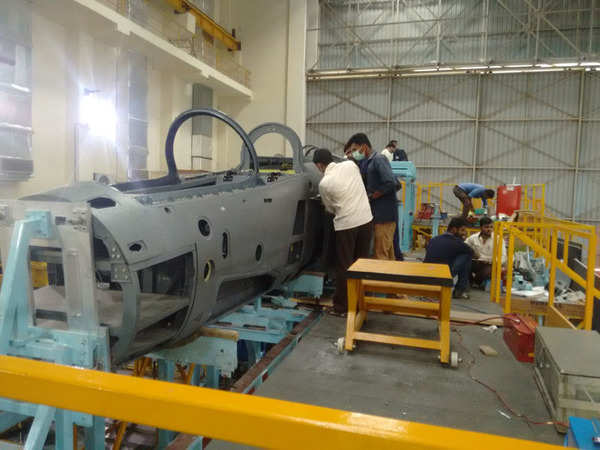

The Indian Air Force (IAF) and Hindustan Aeronautics Limited (HAL) are currently in the throes of the Contract Negotiation Committee (CNC) process, signaling a significant step towards expanding India’s indigenous fighter jet fleet. This move comes after the IAF pushed forward with a proposal to procure an additional 97 Light Combat Aircraft (LCA) Mk-1A, bolstering its combat capabilities with homegrown technology.
The proposal received an Acceptance of Necessity (AoN) from the Defence Acquisition Council, paving the way for this substantial investment in defence self-reliance. Estimated at an AoN cost of Rs 65,848 crore, this procurement underscores India’s commitment to enhancing its air force with the advanced variant of the Tejas, the LCA Mk-1A.
Continue readingSOURCE: AFI
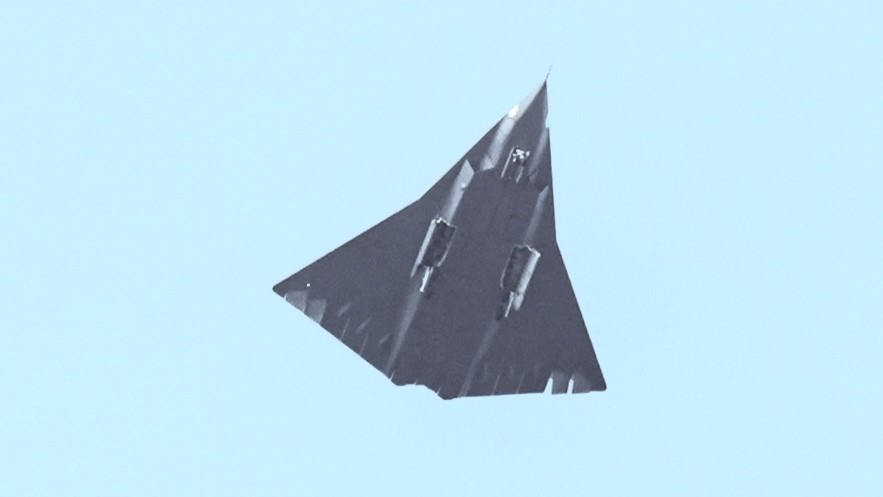

In a dramatic turn of events that has sent shockwaves through the Indian aviation community on Twitter, China has unveiled not one, but two new advanced combat jet designs, both believed to be based on a 6th generation platform. Within less than 24 hours, these previously unseen aircraft have not only broken cover but are also now in the throes of flight testing, showcasing China’s aggressive push into the future of aerial warfare.
The news broke like a thunderstorm across the Indian aviation Twitter sphere, with users expressing a mixture of awe, concern, and in some cases, outright despair. The designs, one from Chengdu Aircraft Corporation (CAC) and the other from Shenyang Aircraft Corporation (SAC), have been described as leaps into the future of stealth technology, with features like tailless configurations and advanced propulsion systems that hint at capabilities far beyond current Indian military aviation technology.
Continue readingSOURCE: AFI


In a candid expression of concern, Prashant Bhadoria, who once spearheaded the Project Management for the HTT-40 Basic Trainer Aircraft for the Indian Air Force and was the head of the Avionics Systems Design Group, has openly shared his dismay over recent developments in Chinese aerospace technology. Bhadoria, involved in the intricate design, development, testing, and integration of Avionics Systems for both the HTT-40 and the Hindustan Jet Trainer (HJT-36), has voiced his worries about India’s position in the global race for advanced military aircraft technology.
His comments come in the wake of China’s unveiling and flight testing of what is believed to be a 6th generation fighter jet, an event that has caught the attention of defense analysts worldwide. “Heart broken!! The dragon has beaten us by a huge margin…” Bhadoria stated, highlighting the significant gap in technological advancement between India’s current and prospective aerial combat capabilities and those of China.
Continue readingSOURCE: AFI


The landscape of global military aviation is undergoing a seismic shift, particularly with China’s aggressive advancements in fighter jet technology. Following the mass production of its 5th generation J-20 fighter jets and the successful first flight of what is believed to be a 6th generation aircraft, there’s an urgent call to reassess India’s air force procurement strategy, particularly concerning the long-discussed Multi-Role Fighter Aircraft (MRFA) program aimed at acquiring 4.5 generation jets.
The Indian Air Force (IAF) has been in the process of modernizing its fleet through the MRFA program, which seeks to procure 114 advanced multi-role fighter jets. The contenders range from the Eurofighter Typhoon to the French Rafale and the American F/A-18 Super Hornet, all categorized under the 4.5 generation of fighter technology. However, this approach now appears somewhat outdated in light of recent Chinese developments.
Continue readingSOURCE: AFI
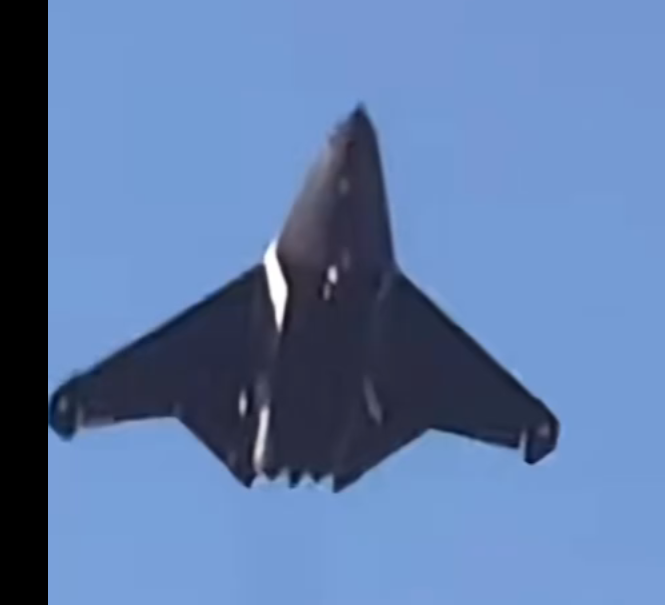

In an astonishing development in the field of military aviation, China has revealed not one but two pioneering next-generation stealth combat aircraft designs within a mere 24-hour period. Both aircraft, which have recently emerged from secrecy, are currently in the initial stages of flight testing, signaling a significant leap in Chinese aerospace technology.
The first of these revolutionary designs comes from Chengdu Aircraft Corporation (CAC), known for producing the J-10 multirole medium fighter and the heavy J-20 stealth fighter. This aircraft features a modified diamond-delta wing planform, which includes extended wing-root “chines,” enhancing its aerodynamic and stealth capabilities. This design is believed to house a tri-engine configuration, a choice that suggests ambitions for high performance, potentially including supercruise capabilities, and extensive range.
Continue readingSOURCE: IDRW.ORG

In an incident that has raised concerns over the security of unmanned aerial vehicles (UAVs), an Indian Army ‘Switch’ drone inadvertently strayed across the Line of Control (LoC) into Pakistan’s Bhimber Gali sector of Poonch district, Jammu and Kashmir, on a Friday morning in August 2024. Sources suggest idrw.org that this mini drone, used for surveillance by infantry battalions, might have been hijacked by Pakistani Army units using sophisticated techniques involving jamming and software overrides.
The ‘Switch’ UAV, a fixed-wing VTOL (Vertical Take-Off and Landing) drone, designed for tactical reconnaissance by infantry units, lost control at around 9:25 AM due to what was initially described as a technical malfunction.
Continue readingSOURCE: IDRW.ORG
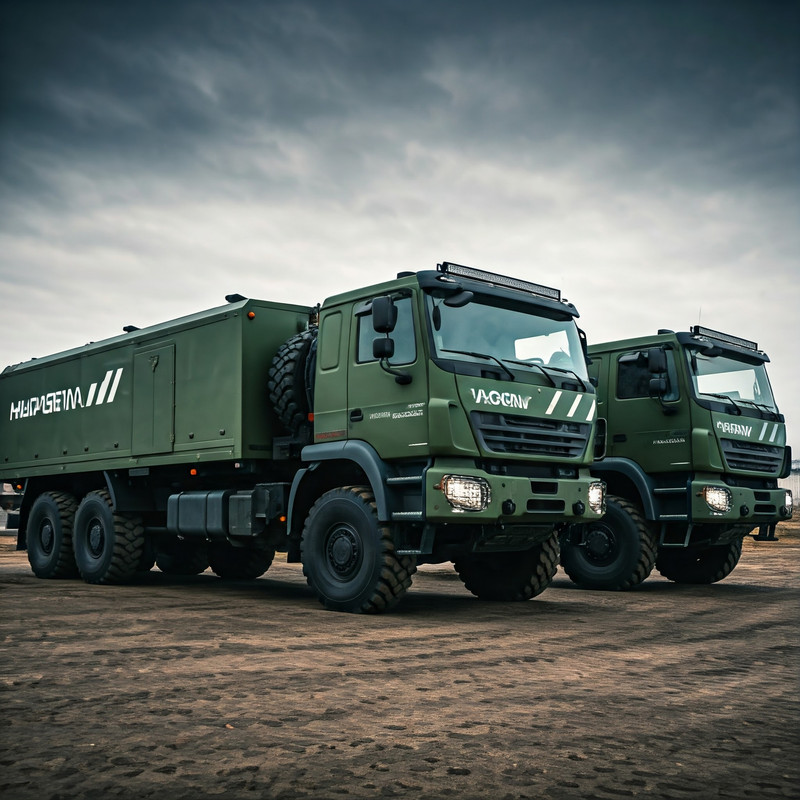

The Indian Army, amidst its transition to electric vehicles (EVs) for operations in non-combat zones, has confirmed it will not include battery-operated Heavy Motor Vehicle (HMV) trucks in its fleet. This decision stems from challenges related to inadequate charging infrastructure and the high operational costs associated with battery-powered vehicles for extensive military use. Instead, the military is pioneering a new path with hydrogen-powered technology, collaborating with Indian automotive giants like Ashok Leyland and the Tata Group.
The vast and often remote areas where the military operates do not currently support a robust electric vehicle charging network. Hydrogen, on the other hand, can be produced or stored at military bases, potentially offering a more feasible solution for continuous operations.
Continue readingSOURCE: AFI
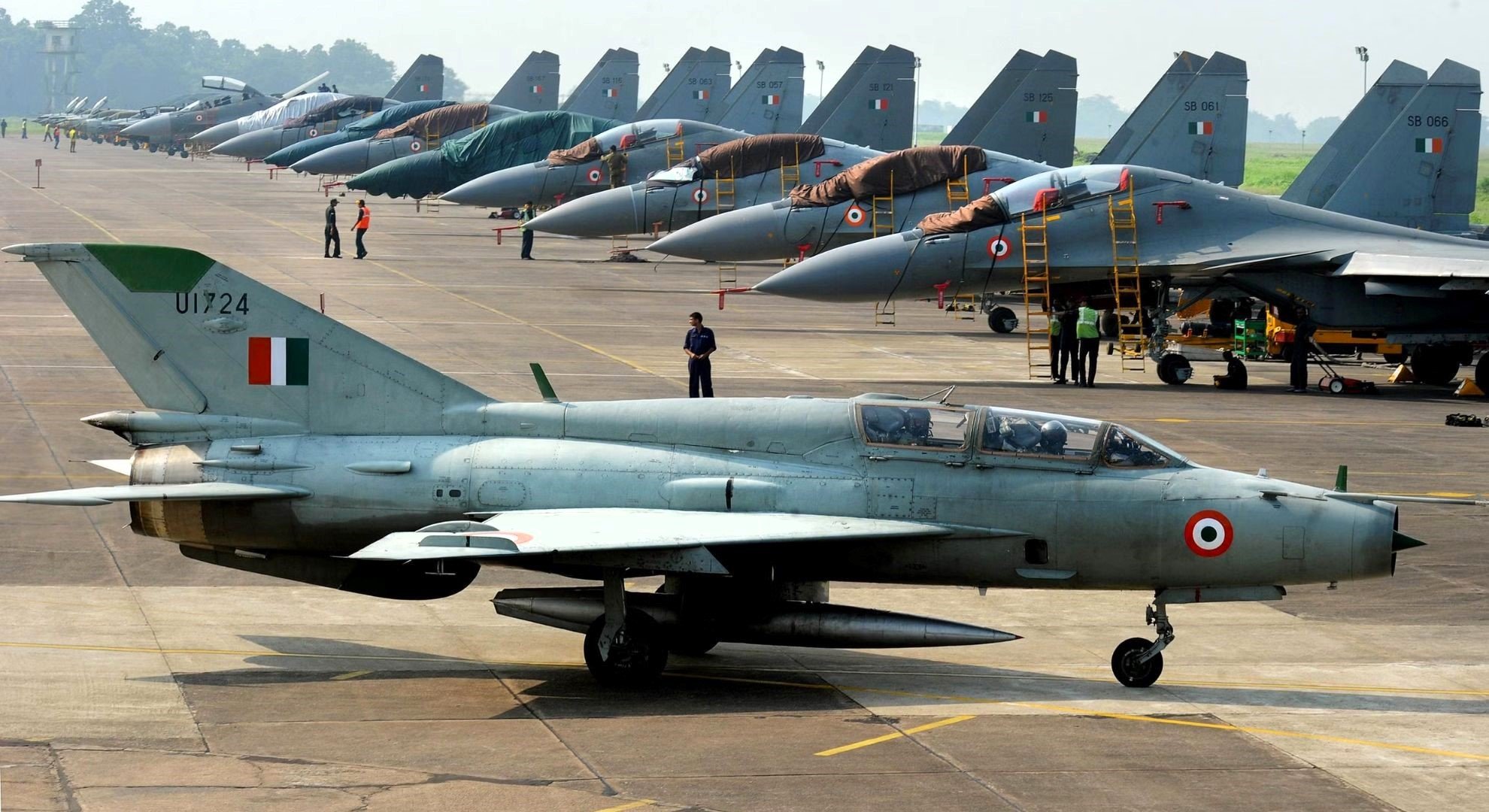

The Indian Air Force (IAF) has recently outlined an ambitious plan to significantly bolster its fighter jet fleet with 4.5+ generation aircraft, prompting debate and scrutiny from defense analysts. Ranesh Rajan, a prominent defense analyst speaking to AFI/IDRW.org, has voiced concerns over the IAF’s strategy, suggesting that it might be a misstep in the rapidly evolving landscape of aerial warfare where 5th and 6th generation jets are becoming the norm.
The IAF has placed orders for 83 Tejas Mk1A and an additional 97 units of this 4.5 generation light combat aircraft, aiming for induction from 2025 onwards. These jets are an upgrade from the original Tejas, offering enhanced avionics, radar, and electronic warfare capabilities.
Continue readingSOURCE: AFI


Indian Navy Chief Admiral Dinesh K Tripathi has declared the need for a third aircraft carrier in response to the rapid expansion of the Chinese Navy, particularly with its ambitious aircraft carrier program. Speaking at a recent press conference, Admiral Tripathi underscored the strategic necessity of enhancing India’s naval capabilities to maintain regional maritime balance.
The proposed Indigenous Aircraft Carrier-II (IAC-II), which will follow in the footsteps of the recently commissioned INS Vikrant (IAC-I), is currently in the advanced stages of planning. Admiral Tripathi highlighted that the IAC-II would incorporate significant design changes to support operations involving Unmanned Aerial Vehicles (UAVs), reflecting the evolving nature of naval warfare where drones play an increasingly crucial role.
Continue readingSOURCE: AFI


In a bold assertion that has stirred discussions in military circles, retired Group Captain Uttam Kumar Devnath from the Indian Air Force has stated that Russia’s Oreshnik missile system is beyond the interception capabilities of Western defense systems like the Patriot and THAAD (Terminal High Altitude Area Defense). His comments come at a time when global tensions are high, with strategic capabilities and defense systems under intense scrutiny.
The Oreshnik, described as a hypersonic, intermediate-range ballistic missile (IRBM), is claimed to travel at speeds that exceed Mach 10, making it, according to Devnath, “too fast for radar targeting.” This speed, coupled with its maneuverability, purportedly renders it impervious to interception by current Western missile defense technologies.
Continue reading